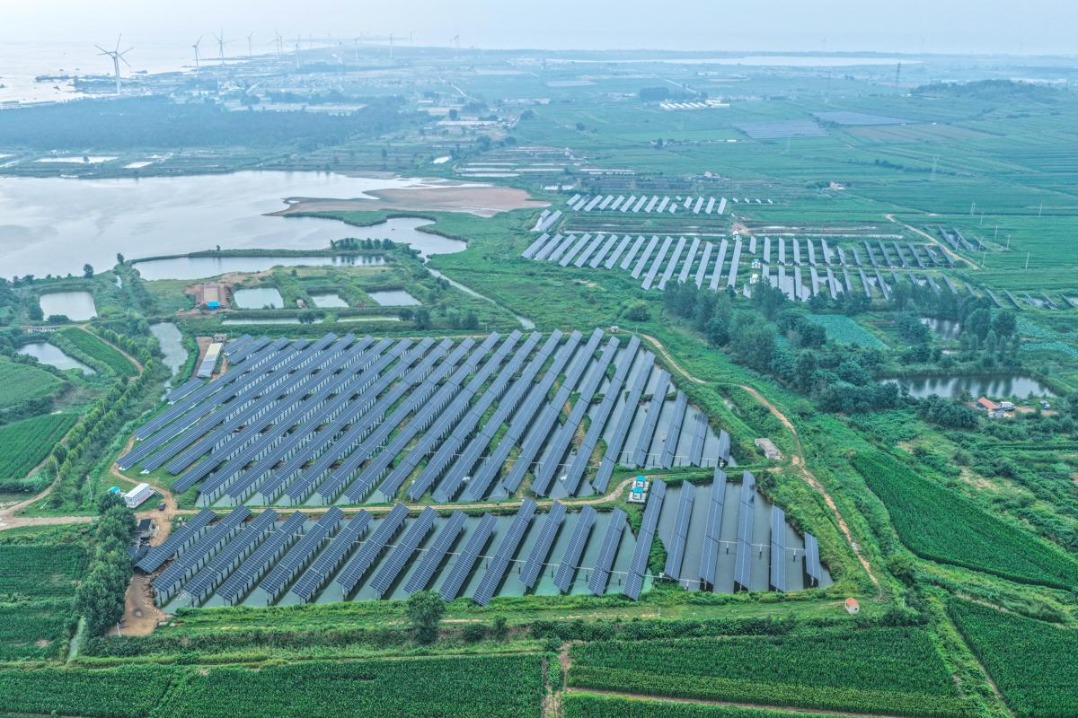Envoys commend China's panda protection

Foreign diplomats have spoken highly of China's efforts to preserve the giant panda and expressed hopes for stronger cooperation between their countries and China regarding conservation research on the endangered species.
They made the remarks during a visit to the section of the Giant Panda National Park in Ya'an, Sichuan province, ahead of the third National Park Forum in Chengdu, the provincial capital, which opened on Tuesday.
The tour group consisted of diplomats from seven countries, including New Zealand, Belgium and Malaysia, and also representatives from the World Wide Fund for Nature. The group visited a series of facilities devoted to giant panda conservation, including the Ya'an Bifengxia Panda Base of the China Conservation and Research Center for the Giant Panda, the Panda International Forest Camp and the Daxiangling Giant Panda Reintroduction Research Base.
Karolus Henricus Martinus van Bommel, agricultural counselor at the Netherlands embassy in China, described the Bifengxia facility, which now accommodates over 70 pandas, as an "impressive" and "green" base.
"The pandas have a lot of spaces. I think it is a good and healthy location for the pandas' breeding program," he said.
Van Bommel also underscored the importance of international cooperation in giant panda conservation.
"Having pandas abroad creates awareness of the endangered situation those pandas are in. And also, you can create a joint knowledge about further breeding and research," he stated.
He stressed that the Netherlands would like to continue cooperating with China on research over giant panda conservation.
"I could imagine that also in the future, other species could be included," he said.
Siti Zurianah Binti Ismail, first secretary of the Malaysian embassy in China, described the Bifengxia base as resembling a natural habitat rather than a traditional zoo.
"The center is more natural …They are in what we call a natural habitat," she said.
She said she was impressed to see two panda families, each with a set of twin cubs. Breeding pandas is inherently challenging, and the task becomes even more complex when twins are involved.
This underscores the crucial role of the facility in promoting the reproduction of the endangered species and ensuring its sustainability, she said.
Recalling Malaysia-China cooperation on giant panda conservation research, the first secretary emphasized that such collaborations "provide a lot of benefits".
She cited knowledge sharing and the enhancement of global awareness on conserving endangered species as two examples of the benefits.
"Countries can exchange expertise on raising techniques, habitat restoration and disease control. For example, Malaysia has benefited from China's extensive research on panda breeding and husbandry," she remarked.
She mentioned that although two pandas recently returned to China in May after an 11-year stay in Malaysia, the two countries have agreed to send another pair of pandas to Malaysia this year.
The previous two giant pandas became one of the main attractions at the national zoo in Malaysia. So people really look forward to the new pandas, she said.
According to the National Forestry and Grassland Administration, China is currently conducting collaborative research on giant panda conservation with 16 institutions from 15 countries, including the United States, Austria, Spain, Australia and France. Currently, 40 giant pandas are residing abroad.
houliqiang@chinadaily.com.cn





































